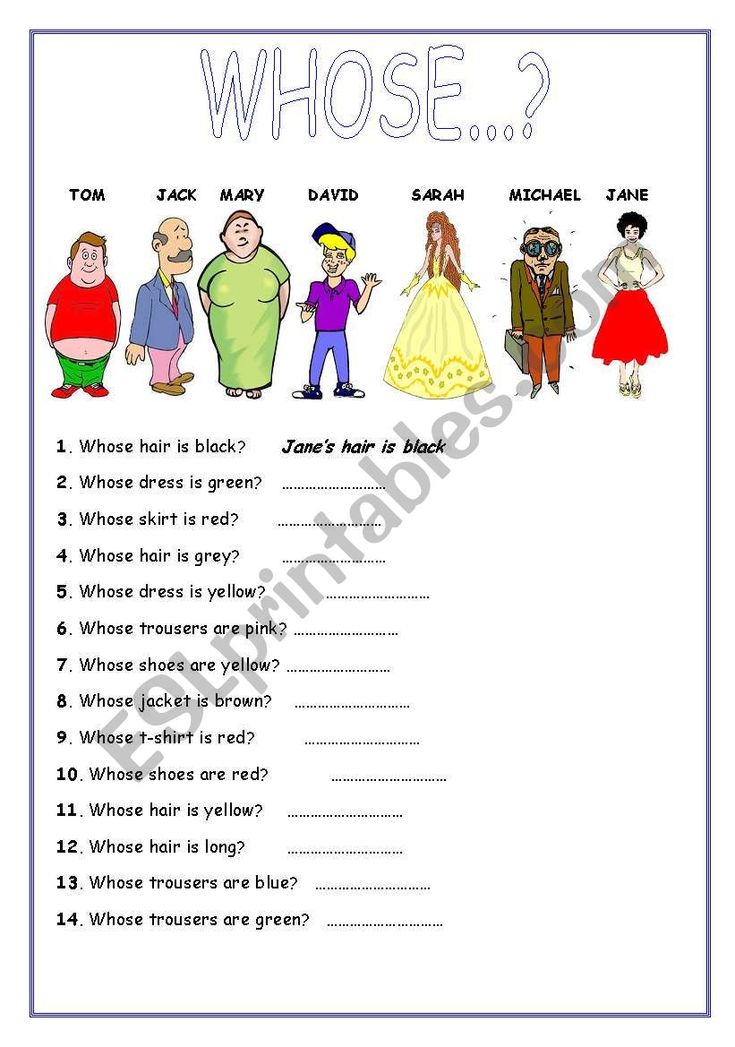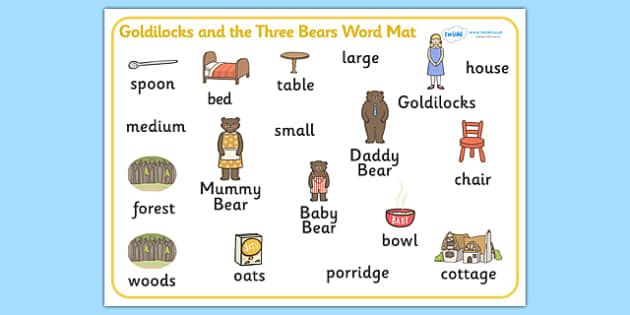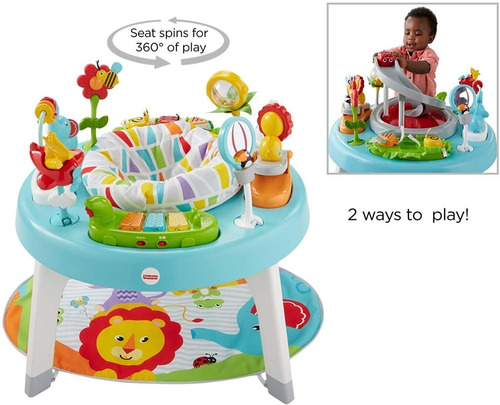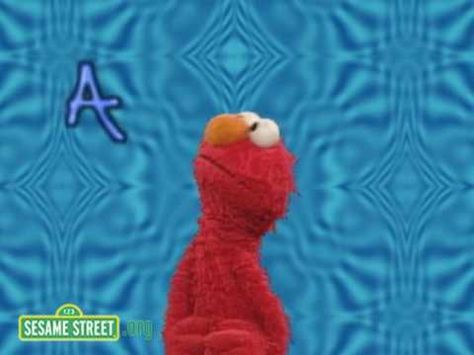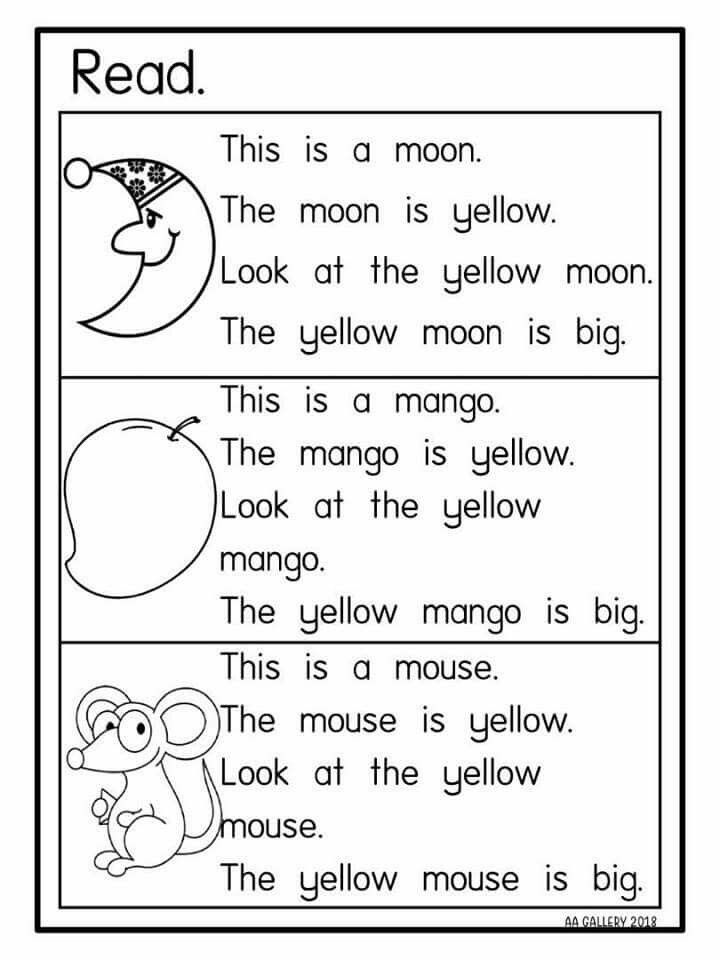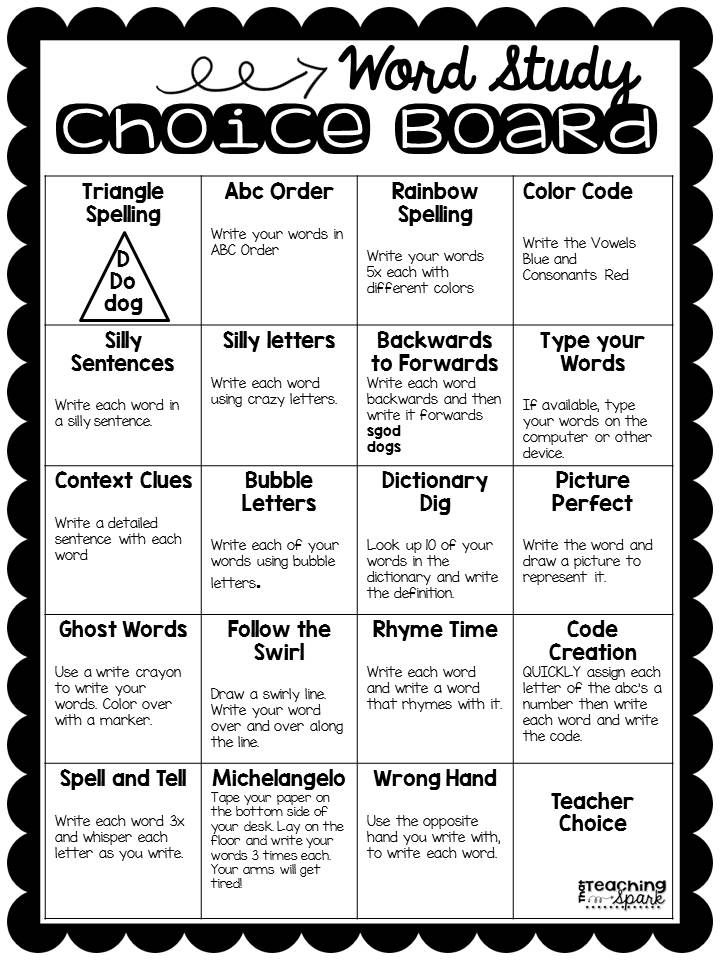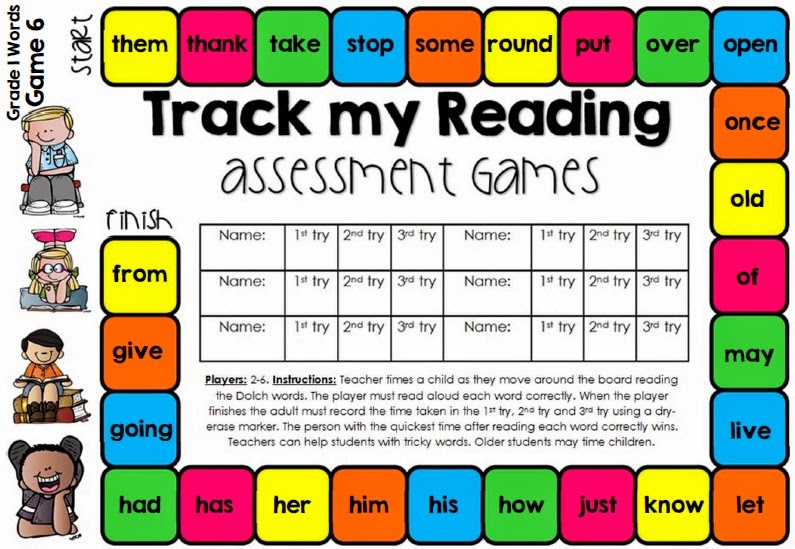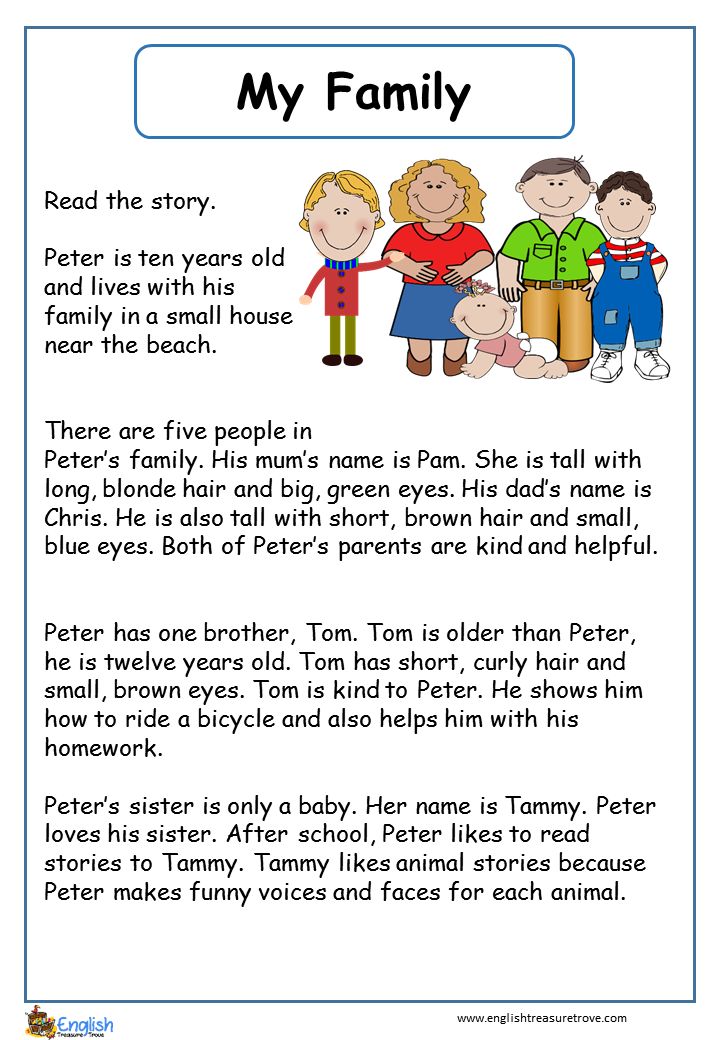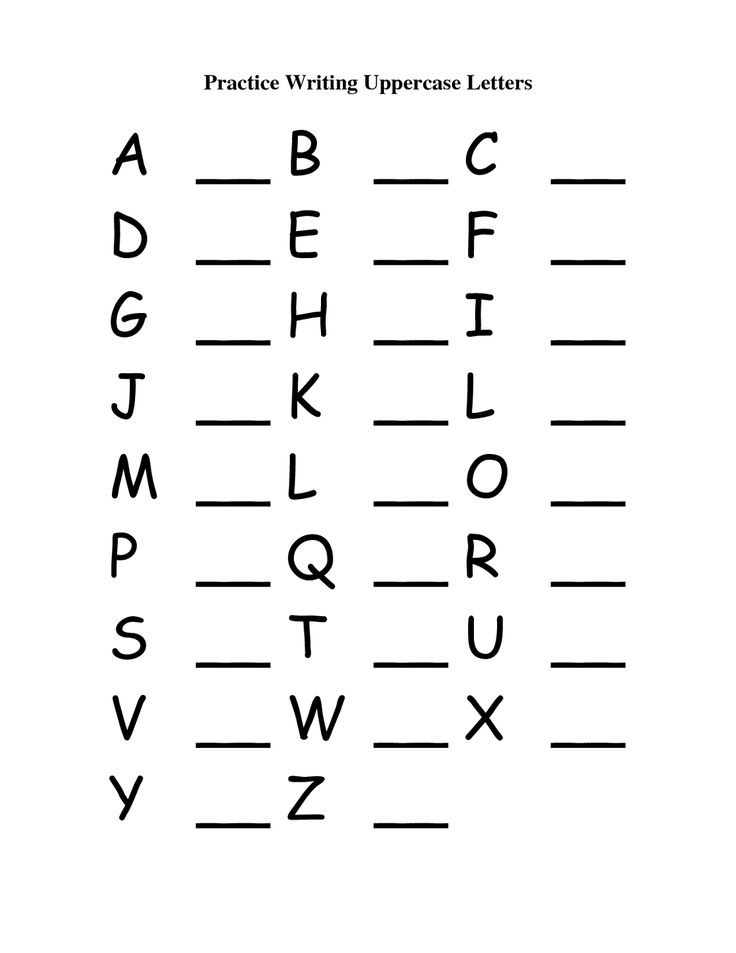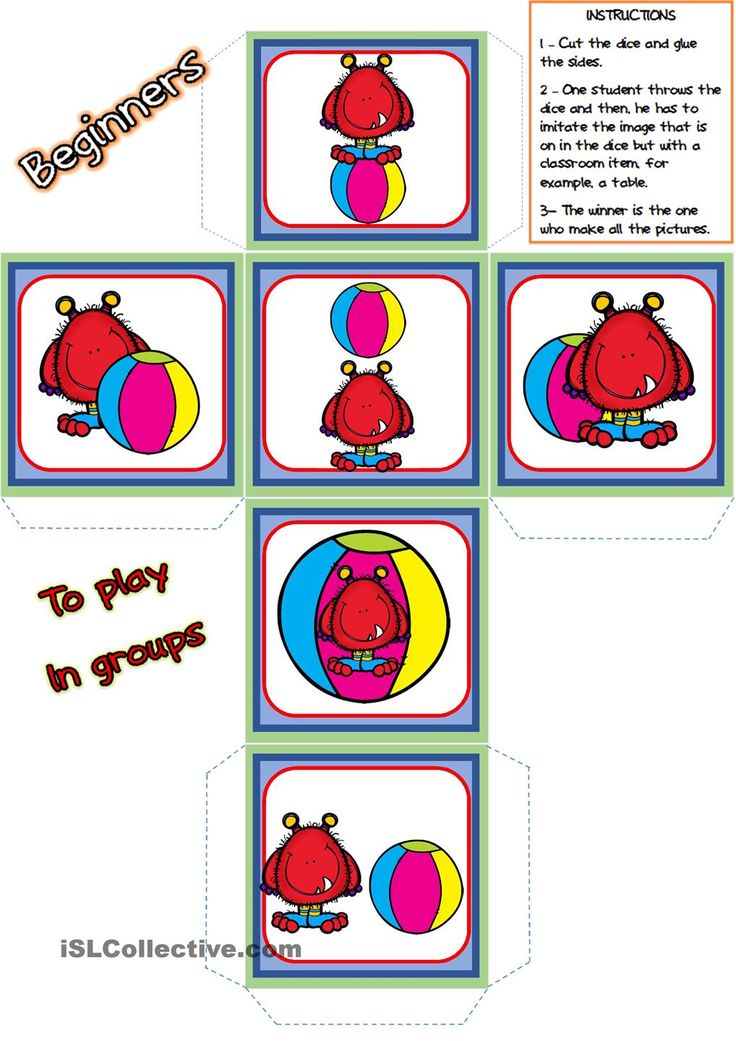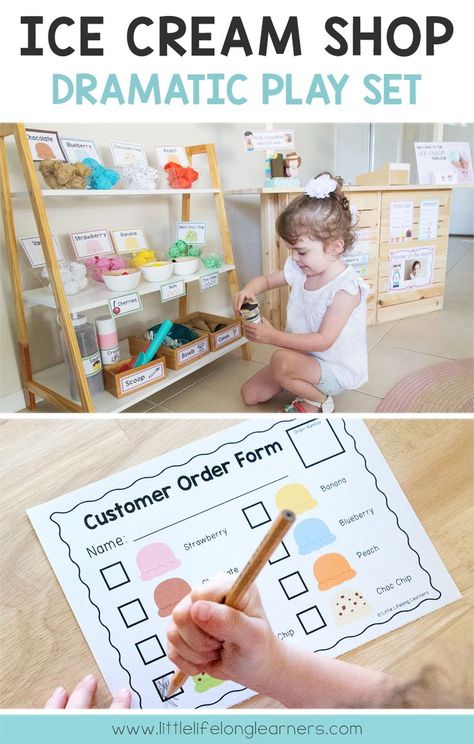Who for kids
Help your kids get more physical activity - Move Your Way
Kids need 60 minutes of activity every day.
That may sound like a lot for a school day, but it doesn’t have to happen all at once. And there are so many ways to squeeze in activity at different times of the day.
Could they get a little more active in the morning? What about after school? Remember, a little here and a little there — it all adds up throughout the day.
As you move down the page, use the sliders to add time to the clock. If you can get it to 60, then you’ve found a way for your kids to meet the goal.
Walking the dog
Do morning stretches or yoga
Dancing around the living room
Walking or biking to school
(Skateboarding, riding a scooter, rollerblading, and wheelchair walking count, too!)
Look into before-school programs. Many schools offer activity-based programs designed to get kids moving.
How many minutes of physical activity could your kids get in the morning?
Use the slider to add minutes to the clock.
0 minutes 30 minutes 60 minutes
Do they get recess?
Encourage them to play active games and use the playground equipment. (Climbing builds muscle strength, too!)
Do they have a daily PE class?
Ask them how much time they spend moving in PE.
No PE or recess?
Try talking to teachers about working movement breaks into class time
Kids who get physical activity do better on tests. It helps them focus and remember more of what they learn.
It can be a challenge to get kids moving on school breaks. But look at it as a chance for them to get even more activity! Check for free or low-cost sports camps at their school or the local rec center — or make an effort to get active as a family during vacation.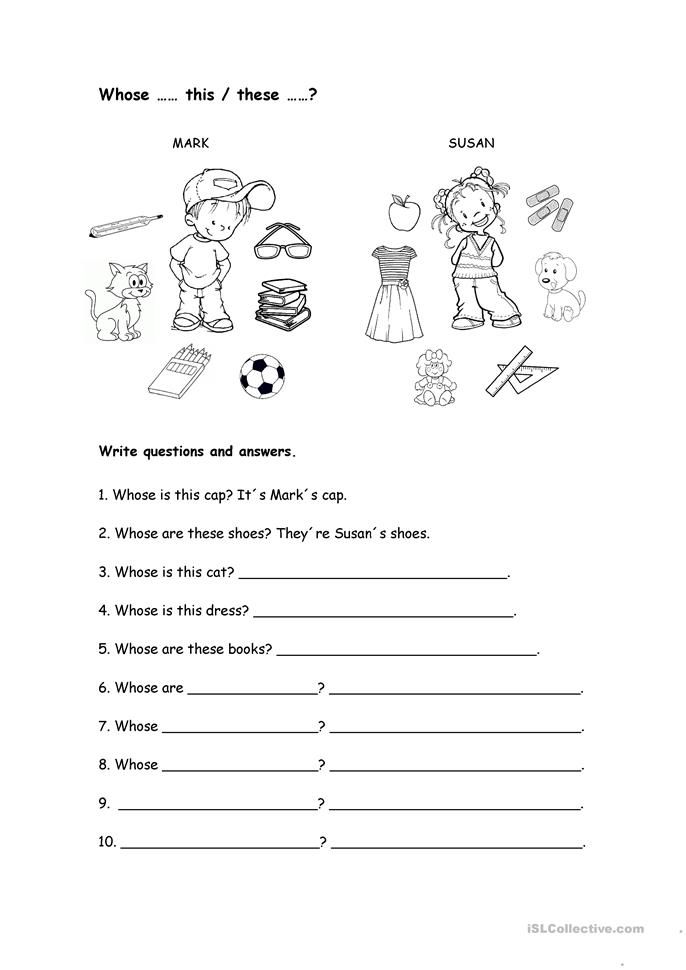
How many minutes of physical activity could your kids get during the school day?
Use the slider to add minutes to the clock.
0 minutes 30 minutes 60 minutes
Walking or biking home from school
Playing team sports like soccer or basketball
(Activities like basketball are great ways to build strong bones, too)
Signing up for an active after-school program or rec center class, like swimming or karate
Doing active things with friends like riding bikes or playing outdoors
If school is within walking distance, try taking turns with other parents walking a group of kids to and from school. It’s as safe as taking the school bus, and it counts as physical activity!
Kids can get active by helping out around the house. When they wash the car, clean their rooms, or rake leaves in the yard, it counts as physical activity — and it makes your life a little easier.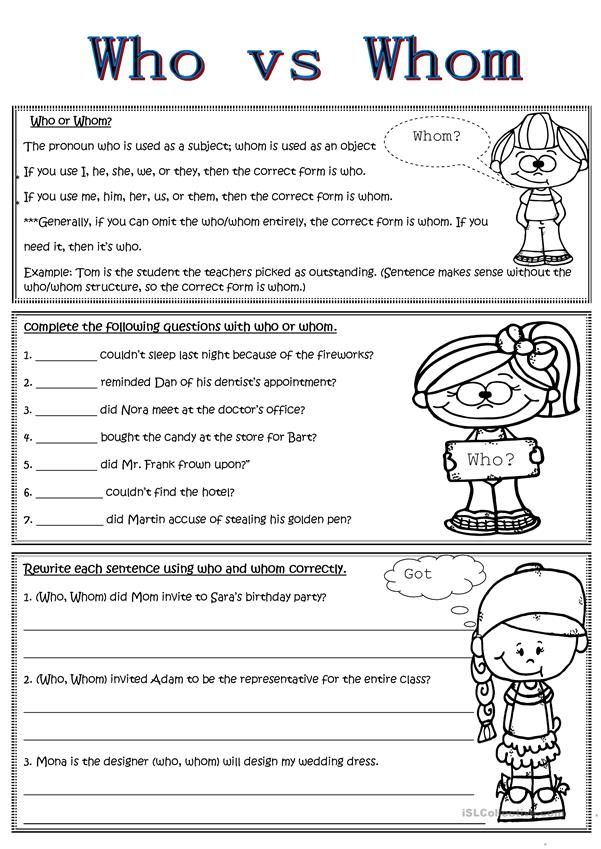
How many minutes of physical activity could your kids get after school?
Use the slider to add minutes to the clock.
0 minutes 30 minutes 60 minutes
Take a walk before or after dinner
Start a family dance party
Turn commercial breaks into fitness breaks when you're watching tv
(Just enough time to have a push-up or jumping jacks contest!)
Play active games, like catch and kickball
Show off your dance moves, model some yoga poses, or teach them your favorite sport. When kids see you enjoying physical activity, they may want to try it, too.
Kids and teens ages 6 to 17 need a mix of activity every day.
Most of their 60 minutes can be moderate-intensity aerobic activity — anything that gets their heart beating faster counts.
And at least 3 days a week, encourage them to step it up to vigorous-intensity aerobic activity, so they’re breathing fast and their heart is pounding.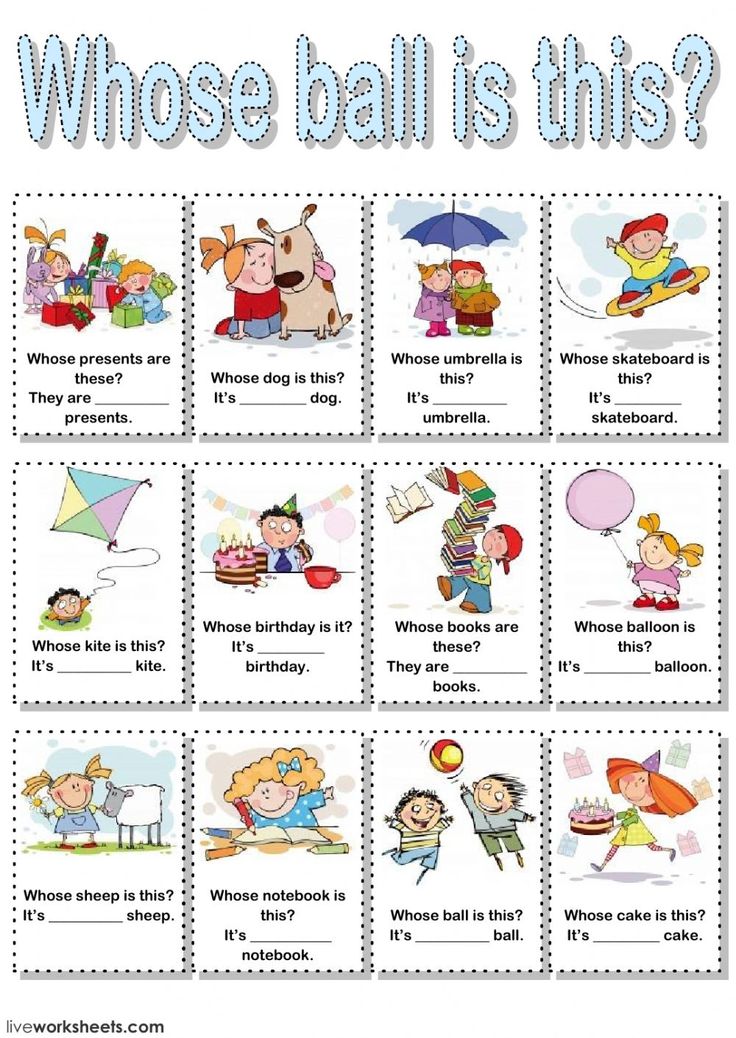
As part of their daily 60 minutes, kids and teens also need:
Muscle-strengthening activity
at least 3 days a week
Anything that makes their muscles work harder counts — like climbing or swinging on the monkey bars.
Bone-strengthening activity
at least 3 days a week
Bones need pressure to get stronger. Running, jumping, and other weight-bearing activities all count.
How many minutes of physical activity could your kids get in the evening?
Use the slider to add minutes to the clock.
0 minutes 30 minutes 60 minutes
Move Your Way® and the Move Your Way logo are registered service marks of the U.S. Department of Health and Human Services.
You’ve selected 0 minutes
of activity
Washington State Health Care Authority
Find out about eligibility requirements for Washington Apple Health for Kids.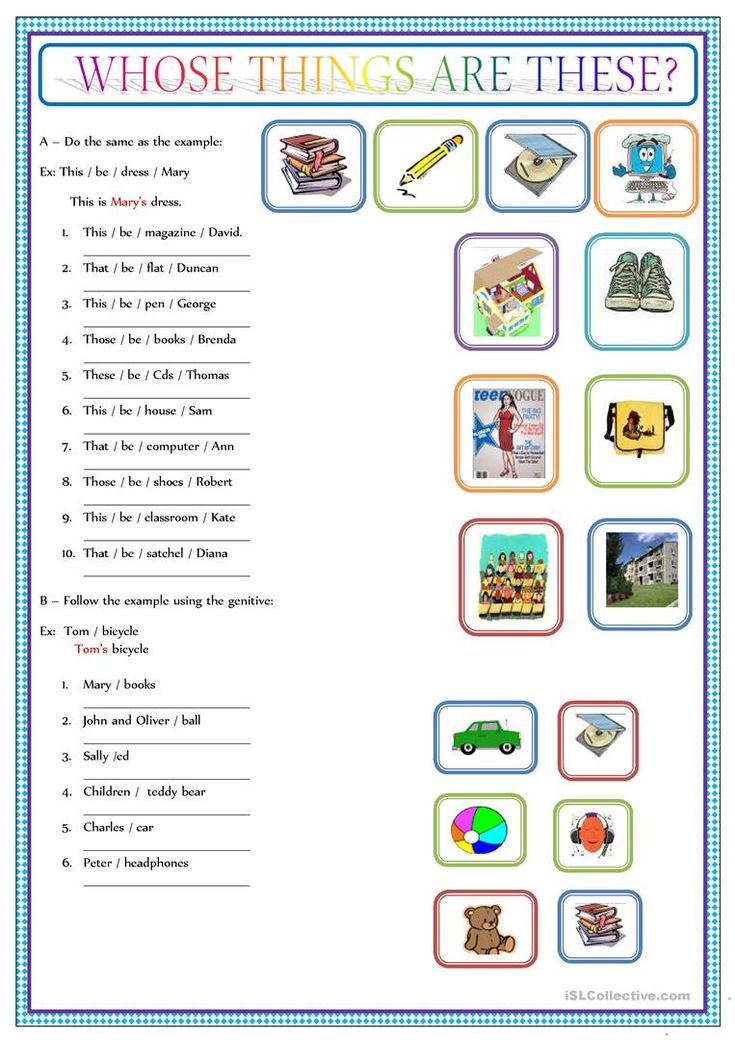
On this page
Program requirements
Applying for Apple Health coverage
Enrollment next steps
Program requirements
Your child may be eligible for Apple Health for Kids free or low-cost coverage (with a low premium) if your income is at or below the Medicaid standard (see income charts below).*
What is the most I can make per month to qualify for free coverage?
(free for kids up to age 19)
| Program | Single | 2-person household | 3-person household | 4-person household | 5-person household | 6-person household | 7-person household |
|---|---|---|---|---|---|---|---|
| Apple Health for Kids | $2,435 | $3,281 | $4,127 | $4,972 | $5,818 | $6,664 | $7,509 |
*The income standards listed in these examples are subject to change annually every April.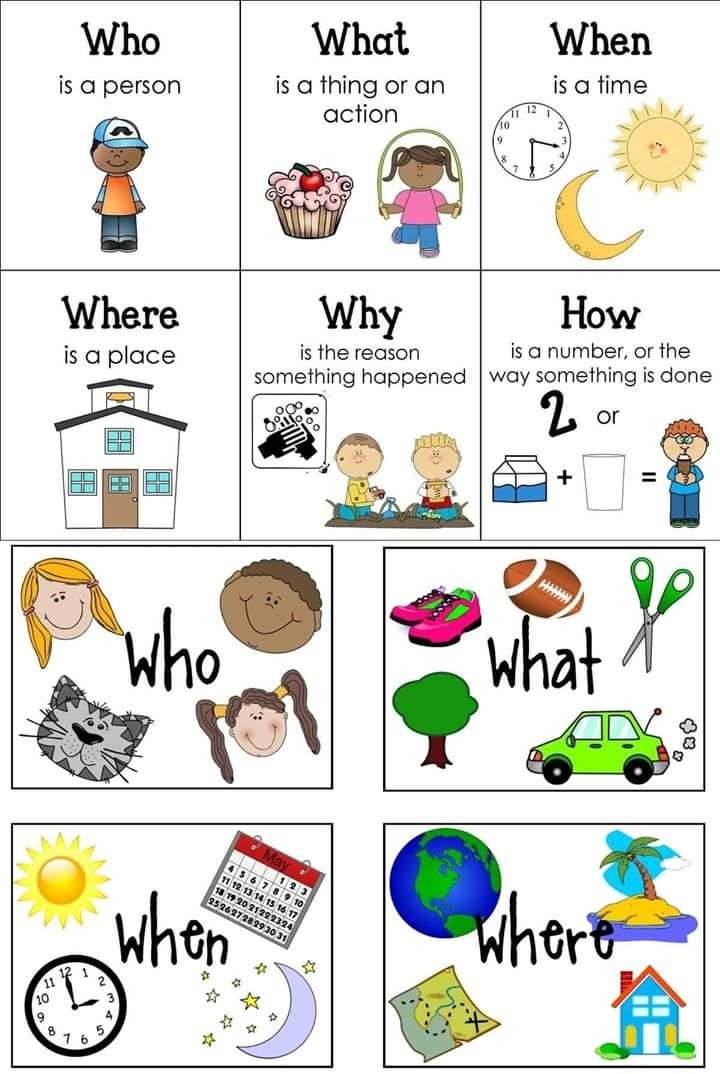
What is the most I can make per month to qualify for low-cost coverage?** (two premium levels)
Important: Due to the public health emergency, premiums for Apple Health for Kids with premiums program are being waived. You do not need to pay these premiums until further notice.
| Program | Single | 2-person household | 3-person household | 4-person household | 5-person household | 6-person household | 7-person household |
|---|---|---|---|---|---|---|---|
| Apple Health for Kids with premiums TIER 1 | $3,002 | $4,044 | $5,086 | $6,129 | $7,171 | $8,213 | $9,256 |
| Program | Single | 2-person household | 3-person household | 4-person household | 5-person household | 6-person household | 7-person household |
|---|---|---|---|---|---|---|---|
| Apple Health for Kids with premiums TIER 2 | $3,591 | $4,837 | $6,084 | $7,331 | $8,578 | $9,825 | $11,072 |
*The income standards listed in these examples are subject to change annually every April.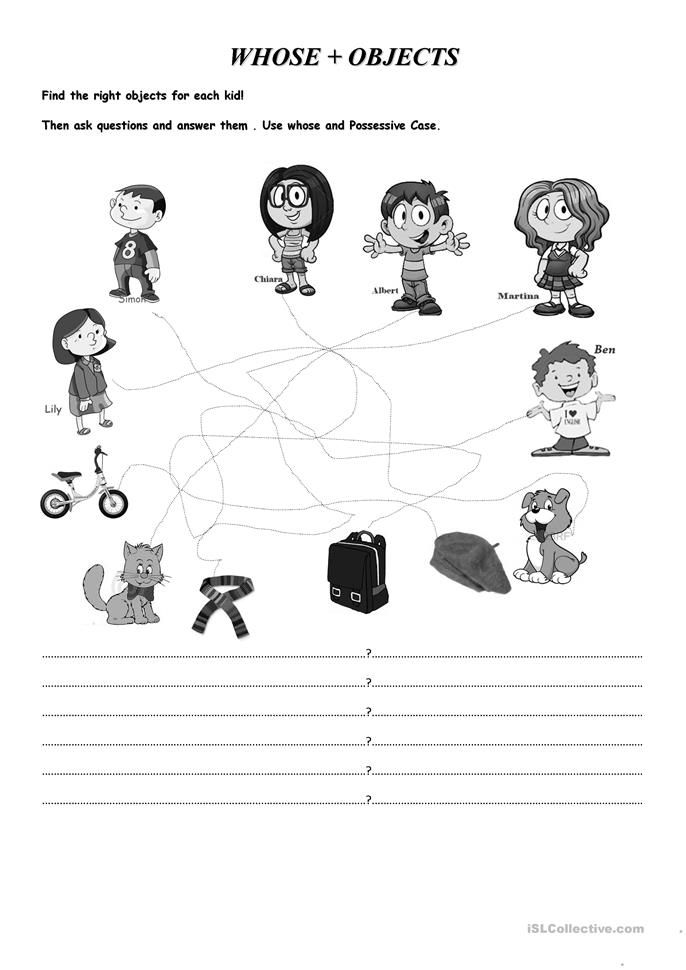
**Low-cost coverage (Apple Health with premiums) is only available to children who are uninsured.
Exceptions: Children of public and school employees with access to, or enrolled in, health insurance coverage under the PEBB or SEBB Programs may be eligible for Apple Health for Kids with premiums.
Applying for Apple Health coverage
You have many options to apply for Apple Health coverage. Visit our Apply for or renew coverage webpage to learn more.
When you’re ready to apply, you’ll need:
- Your household monthly income.
- The Social Security numbers and dates of birth for each member of your household.
- Your immigration information, if that applies to you.
Enrollment next steps
If you’re accepted, you'll receive a ProviderOne services card in about two weeks. Coverage will begin on the first day of the month in which the application was submitted. You'll have the option to select a managed care plan online or will be auto-enrolled into a plan. Learn more about enrollment next steps.
Learn more about enrollment next steps.
If you’re not eligible for Apple Health, you may qualify for help with your health insurance or for other health services. Visit Washington Healthplanfinder or use the WAPlanfinder app to learn if you qualify.
Educational games for children aged 5-6 with parents at home
Games for preschool children are not just fun, but a necessity. Through the game, the child develops, the formation of his personality takes place. The game helps to master the rules, broaden your horizons, develop perseverance, train mindfulness. These qualities are necessary for an older preschool child, especially before entering school.
Any activity with a child must be age appropriate. In this article, we will consider which games are most suitable for children 5-6 years old, and we will understand their classification.
Article content:
- Outdoor games
- Board games
- Educational games
- Educational games
- Advice for parents
- Output
Outdoor games
Outdoor games for children are useful because they develop reaction, dexterity, endurance, coordination of movements, add extreme sports.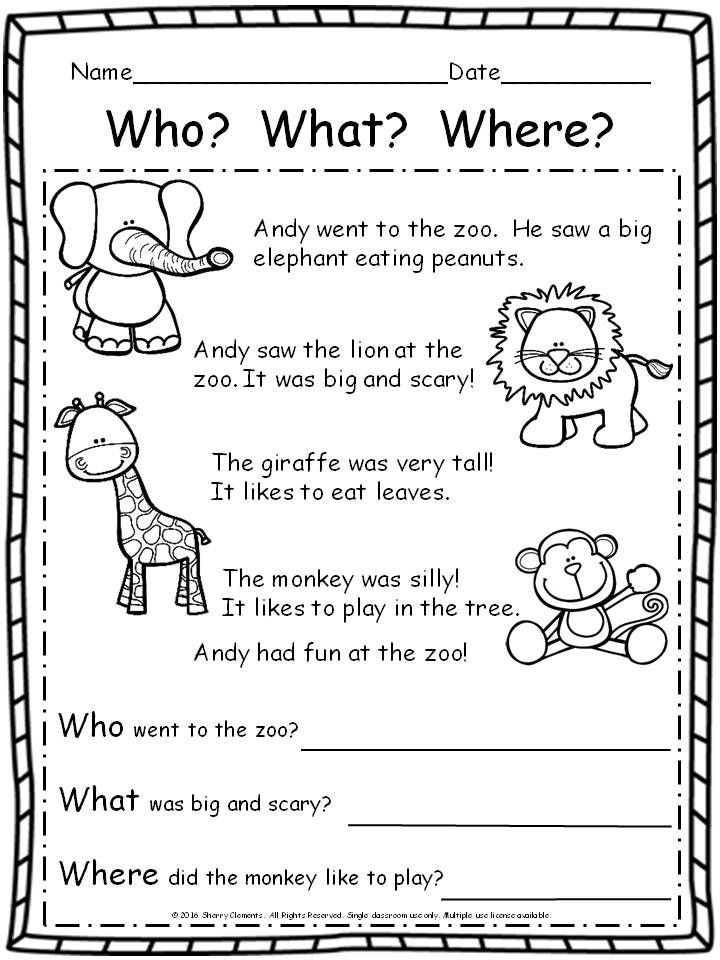 For preschoolers 5-6 years old, an outdoor game lasts 20-25 minutes. This type of play allows children to throw out the energy that accumulates during the day.
For preschoolers 5-6 years old, an outdoor game lasts 20-25 minutes. This type of play allows children to throw out the energy that accumulates during the day.
In kindergartens, after an active daytime walk, children have no problems going to bed during the waking hours. This practice can be used at home when you want to put your baby to bed.
- Giant Lilliputians. When an adult says "Lilliputians", the children squat as low as possible to the ground. Hearing the word "giants", they rise up on their toes and pull their hands high up. Make the task more difficult and intentionally confuse the child by naming the word and showing the wrong movement. Playing at a fast pace will encourage the baby to be more attentive and focused, as well as strengthen leg muscles.
- "Do the opposite." For six year olds, this game will be a real challenge to train their attention. An adult shows the movements, and the child must come up with a version in reverse.
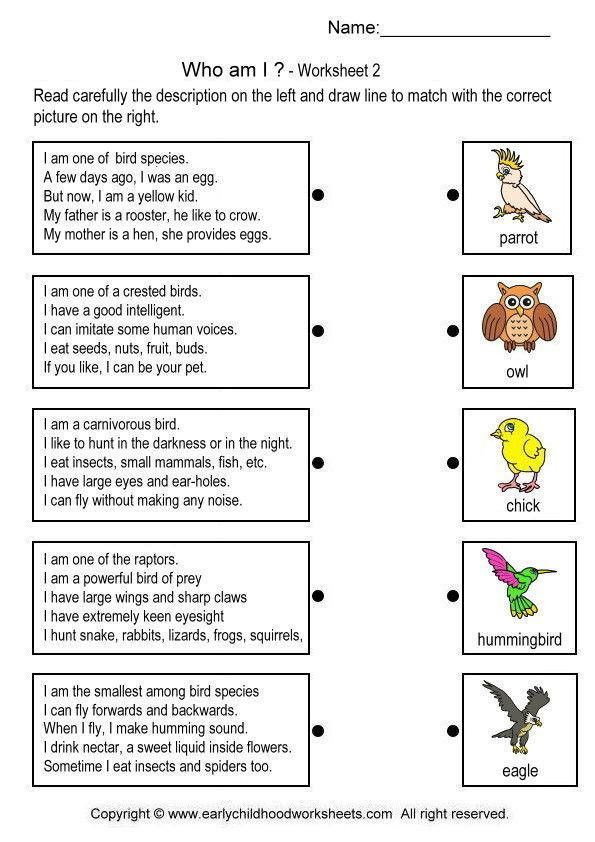 If the leader jumped, the participant of the game sits down. If the facilitator stretched his hands forward, the participant hides them, and so on.
If the leader jumped, the participant of the game sits down. If the facilitator stretched his hands forward, the participant hides them, and so on. - Dance Marathon. Host a dance marathon for the whole family. To do this, you need a good mood, incendiary music and at least 2 participants. To diversify the game, the adult stops the music, and the children freeze in the position in which they remain. Music games improve mood, relieve fatigue and strengthen the relationship between parent and child.
Board games
For children aged 5-6, board games are an exciting activity. This type of game teaches the child to act according to the rules, to wait for his turn, to be able to negotiate. The desktops always have some paraphernalia that you can touch: cubes, puzzles, figures. Tactile contact with them develops not only curiosity, but also fine motor skills of the child.
There are board games that are more suitable for girls, for example with the heroines of fairy tales.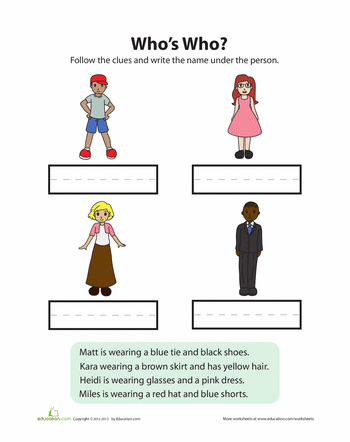 It is also important to select desktops for boys taking into account their interests.
It is also important to select desktops for boys taking into account their interests.
- Jenga. A popular game that develops fine motor skills. Suitable for adults and children. It is a set of wooden blocks. The game begins with the construction of a tower of 3 bars, 3 more bars are placed on top, but in a different direction, and so on with the whole set. When the tower is built, the participants take out a block with one hand so that nothing collapses. The elongated block is placed on top of the tower. The one whose turn the tower collapses loses.
- Monopoly. The game exists in various variations. Choose a children's monopoly for children from 5 years old. The number of participants is from 2 to 4 people. The main benefit of a monopoly is that it allows you to master the skills of the economy. All players pass the playing field in turn. The roll of the die determines how many steps the contestant must take. The winner is the one who achieves the bankruptcy of other players and becomes a monopolist.
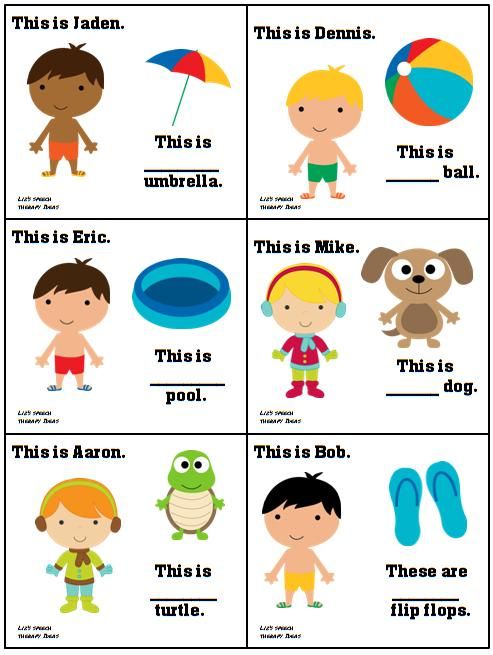
Educational games
Adults should pay special attention to educational games. The child chooses those games that respond to him. Therefore, the parent manages the activities of his child, offers options for games that help develop.
Consider 2 variants of educational games for children.
For the development of intelligence
Logic games combine 2 important functions - entertainment and development. A child who often plays such games is distinguished by lively thinking, a broad outlook, curiosity and sociality.
Examples of mind games:
- Quizzes for which you need to compose questions and prepare prizes for correct answers. For a 5-year-old child, select questions on the topics of fairy tales (“Who left his grandmother and left his grandfather?”), Nature (“When the sun sets, is that called ...?”), Seasons (“What season comes after spring?” ). Ask children 6 years old to answer questions on the following topics: days of the week (“What day of the week follows Thursday?”), household items (“What device helps to count numbers?”), social world (“What do they call people who have a wedding?” ).
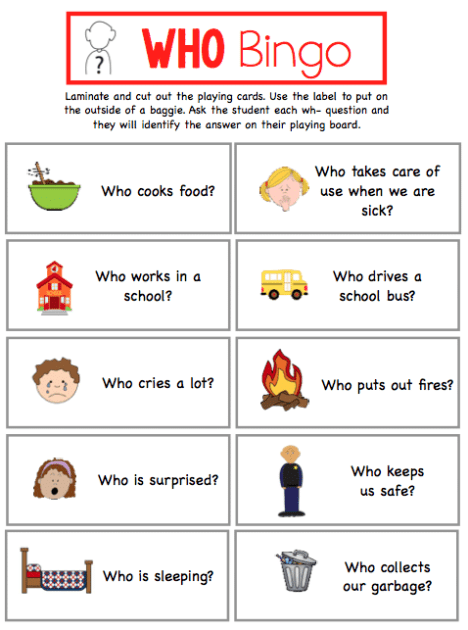
- Solving puzzles is a good way for the logical development of children 5-6 years old. It is necessary to teach the child to guess the encrypted word, starting from simple options. As soon as the baby learns the basics, complicate the puzzles, along the way explaining the new rules.
For the development of speech
Word games with children are very easy to organize at home. Clear and expressive speech, the ability to express one's thoughts will help the child quickly adapt to new conditions at school. Why it is so important to pay attention to the development of speech, read the article "How to teach a child to speak: ways, games and exercises."
Examples of what to play with a child to develop speech:
- “Choose a rhyme”. The adult calls the word, and the child comes up with rhymes. Write down all the rhymes and compose a poem with your child. The game allows you to replenish vocabulary and develops literary creativity.
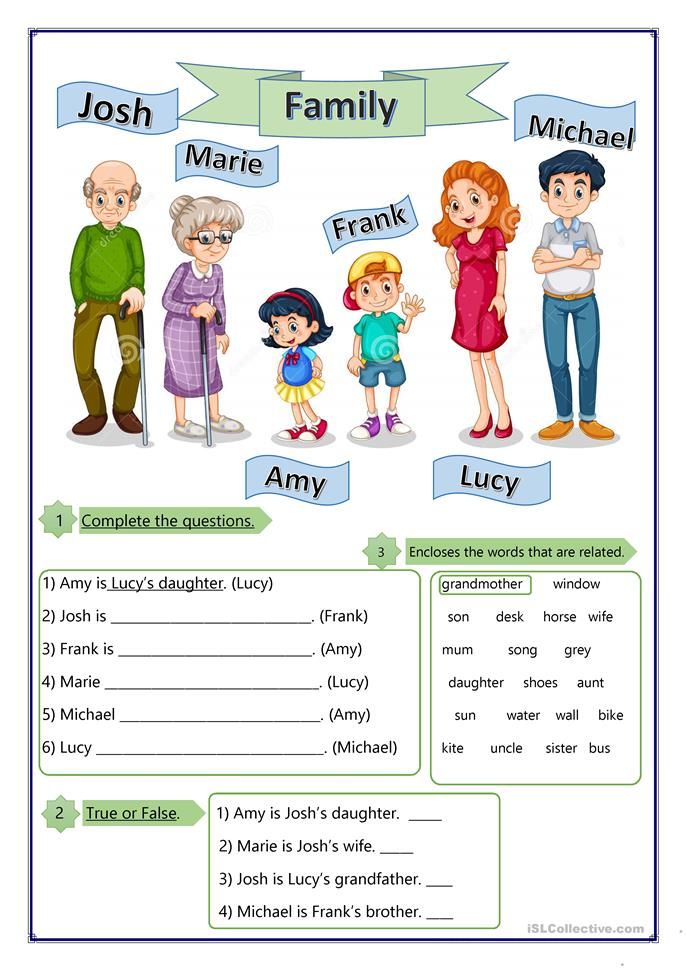
- "Pick a word." The leader throws the ball and calls any part of speech (noun, verb). Participants choose the word that makes sense. For example, "ball" - "jumps", "beautiful" - "doll".
- "Choose an antonym." The facilitator calls the word and invites the participants to pick up the word in reverse, explaining that such words are called antonyms. The game expands vocabulary and reinforces the concepts of the Russian language.
Educational games
Educational games for children develop mental processes: memory, thinking, imagination. The purpose of the cognitive game is to teach the child the knowledge, skills, actions necessary for further development.
For learning to read and write
Learning to read and write begins with your child's introduction to letters and sounds. When a preschooler learns to hear individual sounds in a word, then he will be able to write. You can develop this skill with the help of games:
- “Name the words starting with the letter…”: the adult calls the letter, and the child selects as many words as possible that begin with this letter.
 At the initial stage, use pictures with images of words to help.
At the initial stage, use pictures with images of words to help. - "Find the letter": an adult shows pictures with images of letters in different fonts and sizes. The child must find the letter that was asked. With the help of visual memory, a preschooler will remember what the letters look like and will be able to write them on their own.
Math learning
Math games help children ages 5-6 get ready for school. Introduction to mathematics begins with teaching numbers, counting, and then calculations. It will be easier for a child to master mathematical representations if you pick up entertaining games.
- "Geometric figures". The game with a 5-year-old child is aimed at developing knowledge of geometric shapes that can be cut out of cardboard. The adult calls the figure, and the child chooses it among the other figures. At the end of the game, build a house or any other figure together.
- "Tell me, what number is missing?".
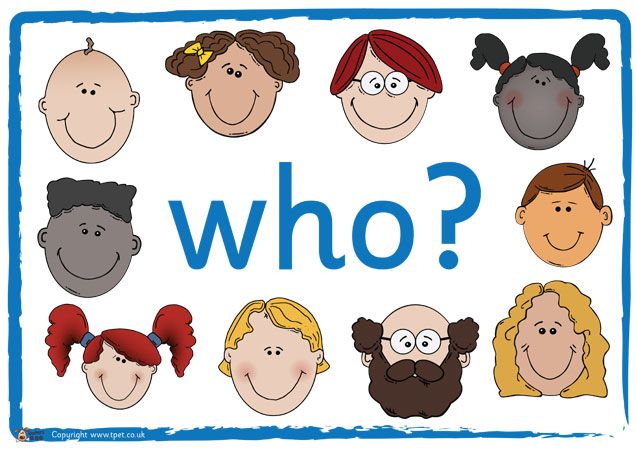 A game for children who can consistently count up to 20. You must fill in the missing numbers that come before, between or after the given number.
A game for children who can consistently count up to 20. You must fill in the missing numbers that come before, between or after the given number.
To teach retelling
The ability to retell texts must be trained from preschool age. Do this while doing household chores. Let the child tell what happened in their favorite cartoon or book. To diversify children's activities, use games for five-year-olds and six-year-olds.
- Theater at Home. Choose a story that your child likes. Assign roles and arrange a theatrical performance. Children really like to try on the roles of their favorite characters, so remembering the script will not be difficult. Such an activity will teach the child not only to memorize and retell the text, but also to make the speech expressive.
- "Letter from a forest dweller". For five year olds, playing with an imaginary animal will be a fun way to imagine how this or that character feels.
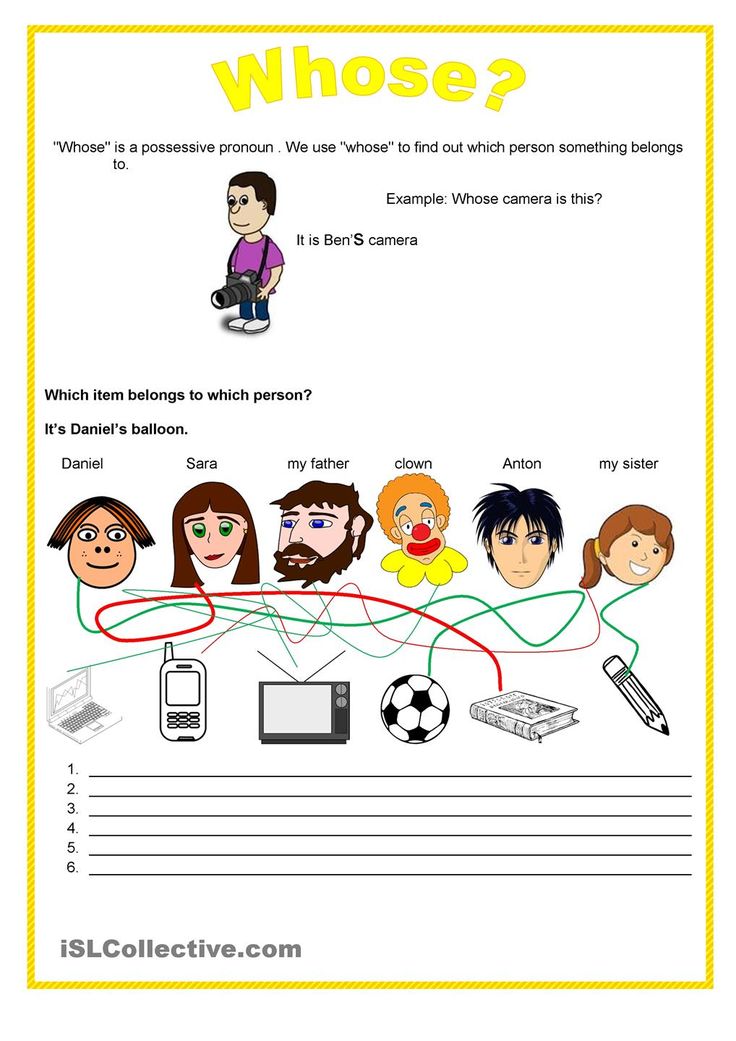 Prepare a set of pictures with a story, for example, how one day in the life of a hare goes. Invite your child to make up a story from the pictures or complete their own version.
Prepare a set of pictures with a story, for example, how one day in the life of a hare goes. Invite your child to make up a story from the pictures or complete their own version.
Tips for parents
- Discuss the rules before you start playing games.
- To avoid injury during outdoor play, instruct and inspect the play area for safety.
- Games with children 5-6 years old form behavior patterns, so choose useful options.
- Use every opportunity for the development of the child: at home, on a walk, in developing circles.
- Sincerely rejoice in the victories of the baby and do not focus on failures. Parental support is important for a child's development.
Read also: what a child should know and be able to do at 5 and 6 years old.
Conclusion
Playing with a child at home is a great pastime for adults and children.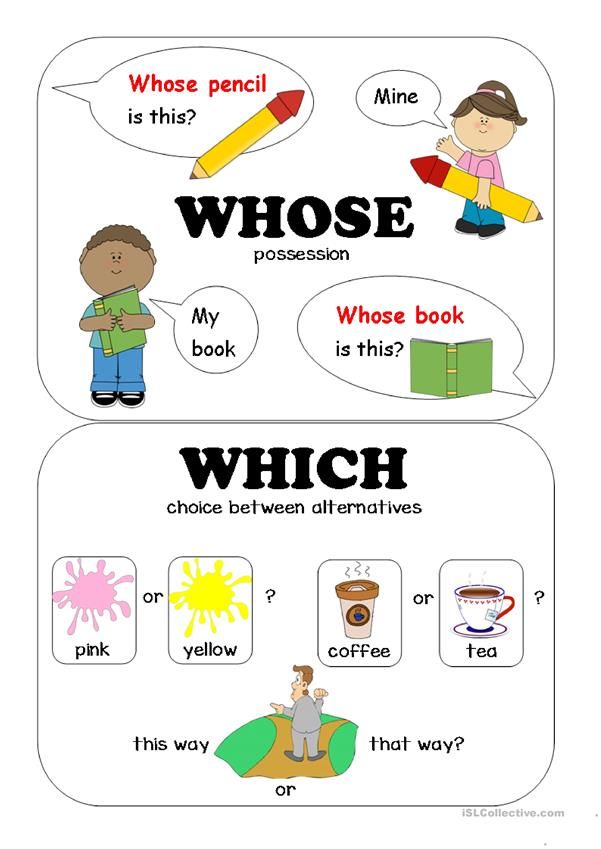 Unfortunately, there is not always time and opportunity to pay enough attention to this.
Unfortunately, there is not always time and opportunity to pay enough attention to this.
Children's clubs and kindergartens "Baby Club" offer parents general developmental and additional programs for children from 8 months to 7 years. Classes are held in a playful way, suitable for the age of the child. The developing environment of the groups is built on the principles of accessibility, safety, saturation with learning tools.
If you want your baby to develop in a free atmosphere, joy and care, choose our club or kindergarten in your city.
Educational games for children from 1 to 2 years old: recommendations for parents
- Tags:
- Expert advice
- 1-3 years
- games for children
Your baby has already taken the first steps, and it turns out that a whole unknown world is hidden behind the threshold of a home that has been studied up and down.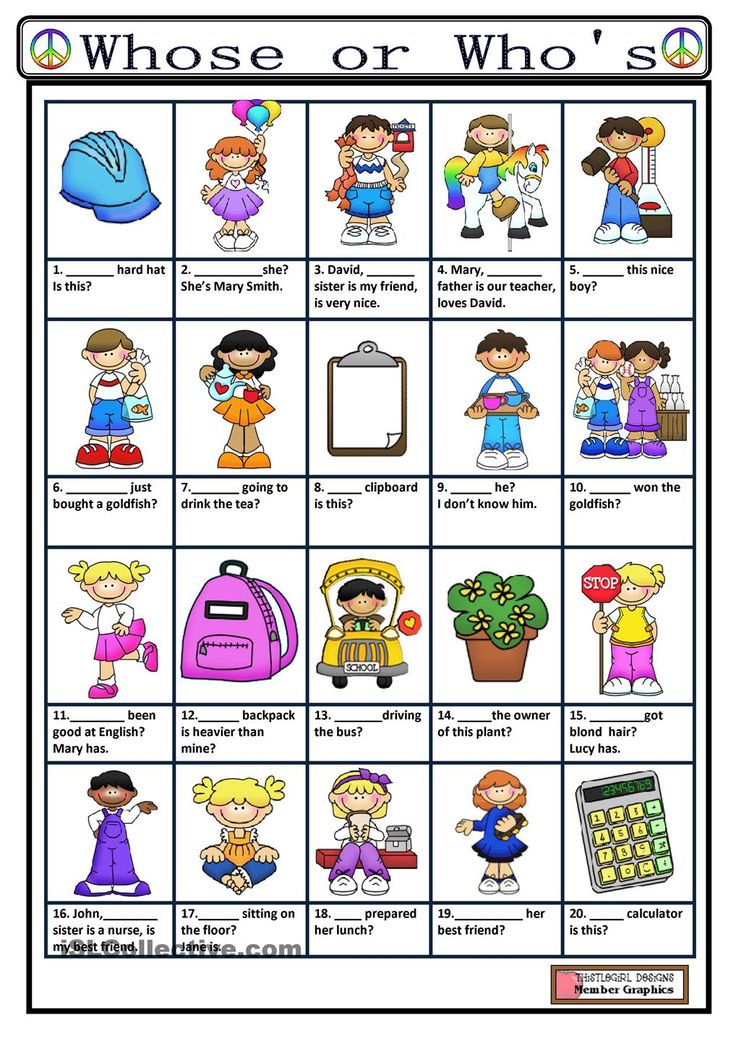 In the period from one to two years, the child begins to learn it, although under the gaze of the parent, but more independently.
In the period from one to two years, the child begins to learn it, although under the gaze of the parent, but more independently.
What skills do children develop from one to two years old?
Physical development
Between a year and two, a child's physical abilities undergo tremendous changes. The skill of upright walking is honed. Gradually, becoming more confident in his movements, the baby learns to overcome obstacles: to step over pits, walk on grass and pebbles without falling - his legs get tangled less and less. Soon, along with the ability to walk, the ability to run, jump, and climb various surfaces appears. The young climber easily climbs onto the back of the sofa, up the hill, the Swedish wall, and then confidently slides back.
Speech development
Speech development is already becoming more conscious: from syllables, the child moves on to words and phrases, and then to the formation of his first sentences.
Having accumulated a sufficient vocabulary for the first year and a half, closer to two years the child can already explain what he wants, naming the action, denoting its subject and object.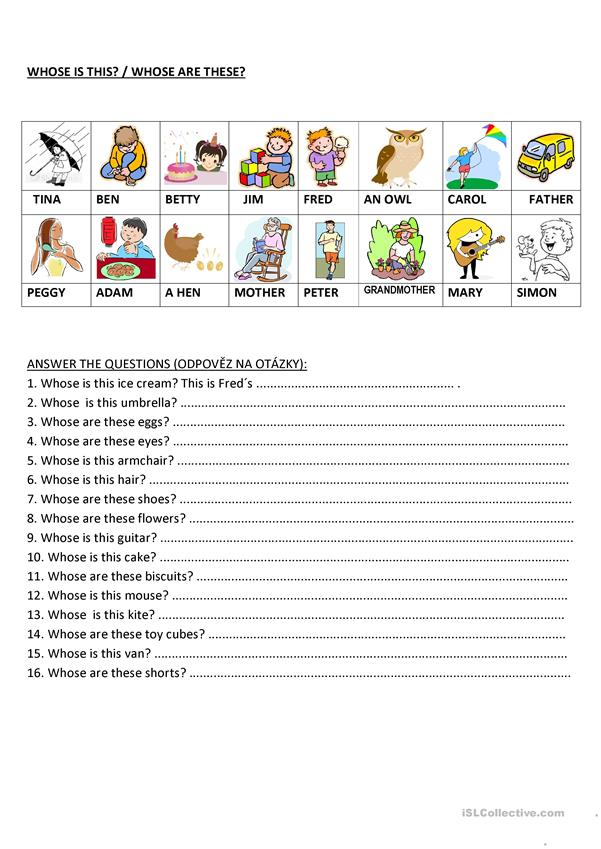 Often during this period, the baby accompanies his phrases with gestures.
Often during this period, the baby accompanies his phrases with gestures.
Development of sensory perception, game and objective activity
During this period, along with continuing to study the properties of objects, through direct interaction with them, the skill of manipulating objects is activated.
Closer to the age of two, children are already able to give roles to objects and act out scenes from life, imitating close people or heroes of their favorite cartoons and fairy tales.
7 games for children aged 1 to 2 years
Game for the physical and mental development of the baby The participation of this unpretentious toy is expanding. One child will spend hours chasing the ball around the court, studying the relationship between the force of impact and the speed of the ball, and the other will observe the force of gravity in action, endlessly throwing the ball down the hill.
Closer to the age of two, you can start playing “edible - inedible” in a simplified variation.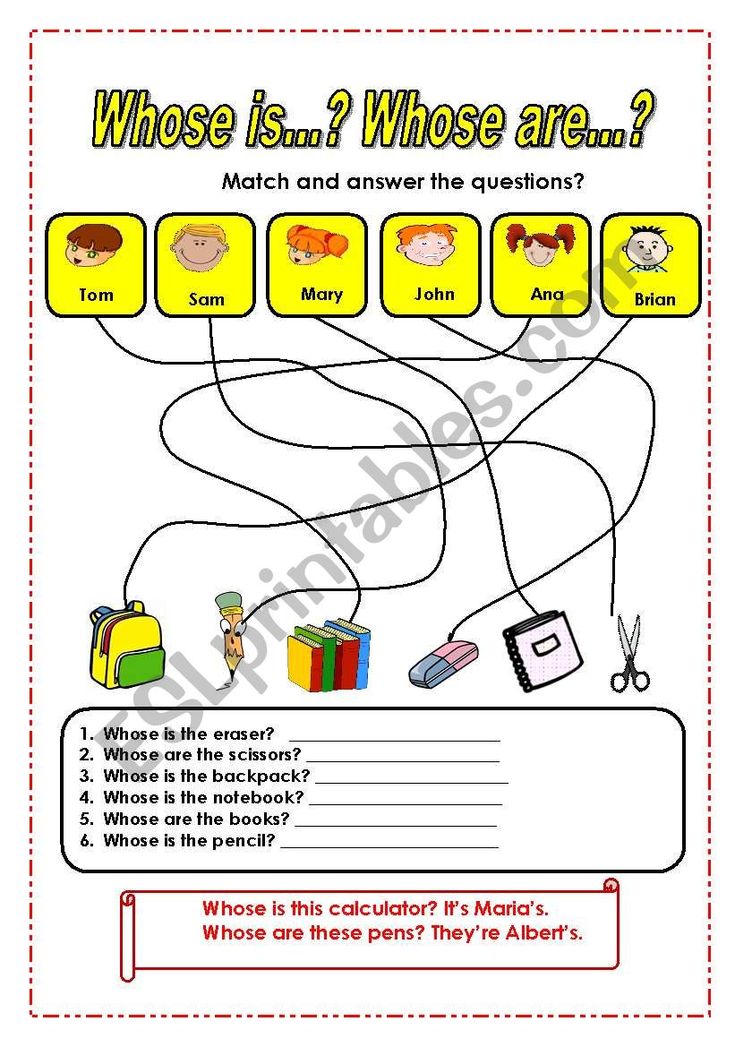 You just say the word, roll or throw the ball to the baby and ask him to repeat the word when he returns the ball back.
You just say the word, roll or throw the ball to the baby and ask him to repeat the word when he returns the ball back.
Speech development game
This role-playing game develops speech, fantasy, and first communication skills in toddlers.
"Baby Raccoon"
Many kids at this age are ready to play role-playing games, manipulating toys, and someone is already taking on their favorite roles of Little Raccoon, nurse, fireman.
Take the toys and assign roles. You can act out the plot of your child's favorite fairy tale or a situation: a trip to the zoo or a visit for tea, a trip by public transport. Manage each of your game figure. Ask questions on behalf of the figurine, answer the child's questions, encourage him to take action.
Game for the development of gross motor skills and speech
Round dance game develops gross motor skills, coordination, sense of rhythm, strengthens the emotional connection between the baby and the parent.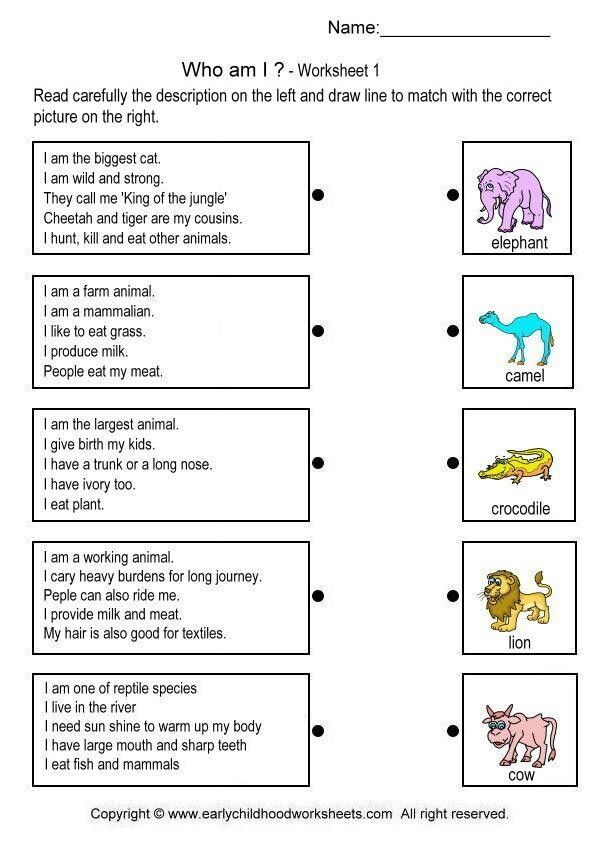
“Pan rode”
Stand in a circle, hold hands. If several adults and children are playing, position yourself so that the child is standing between two adults. If there is no company, then you can play together.
The game begins with walking in a circle and singing the words:
“I rode pan, rode pan,
rode step-step-step”
After a few circles “step” the round dance speeds up. The step turns into a light run. The words also change:
“I rode pan, rode pan,
trot-trot-trot”
The round dance moves even faster. Adults raise the kids by the hands so that they take their legs off the floor:
“I rode pan, rode pan,
swung, swung, swung”
Finally, the participants in the round dance gently fall to the floor, saying:
“Into the hole - bang!
They crushed forty flies!”
Repeat the game, spinning in a round dance in the opposite direction.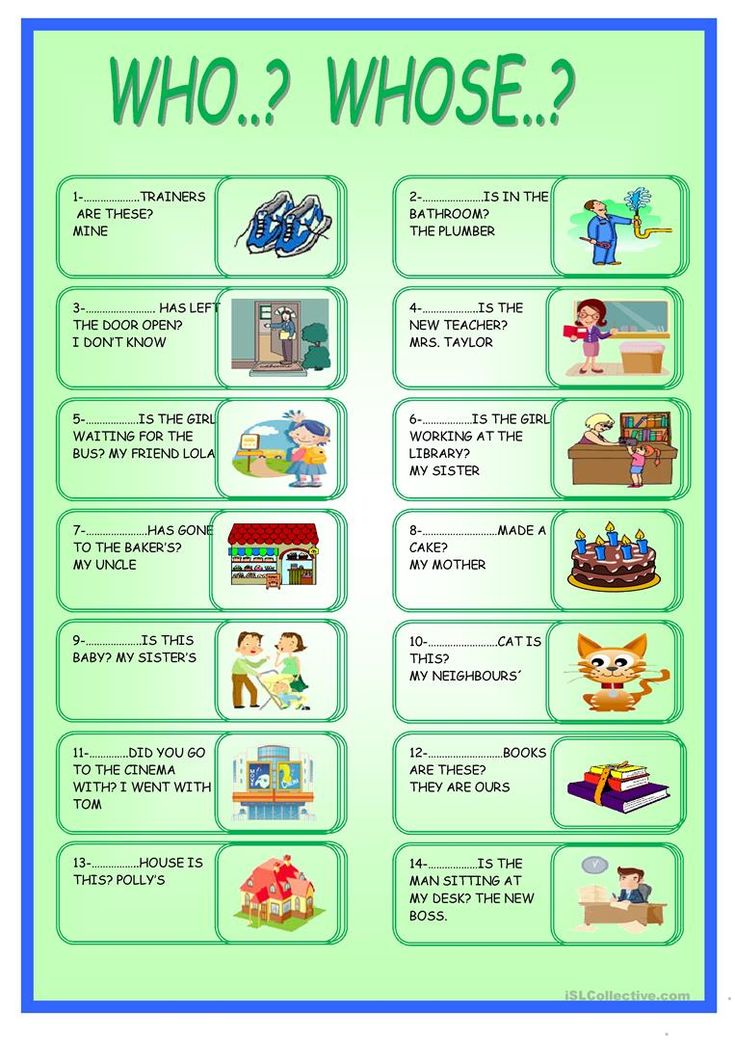
2 finger games for the development of fine motor skills and speech
I, the Parent, have already told about how useful finger games are. Here we present two more games for children from one to two.
“Two bears were sitting on a thin bough”
Invite the child to play a finger game, first trying on the role of the storyteller, and then entrusting it to the child. Start emotionally and artistically telling a story about bears by actively gesticulating:
“Two bears were sitting
on a thin bough”
Next, spread your arms as if you were opening a spread newspaper:
“One was reading a newspaper”
Putting one fist on top of the other, like parts of a millstone, move the top fist in a circle over the bottom, as if grinding flour:
“The other was grinding flour”
Then, knocking fists one over the other twice and alternating the position of the upper and lower fists:
“One poo, two poo!”
Pat your feet two or three times:
"They both fell into flour"
Touch your nose:
"Nose in flour!"
Touch the imaginary tail:
“Tail in flour!”
Touch the ear:
"Ear in sour milk!"
Play the story again, asking the child to repeat the words and gestures after you.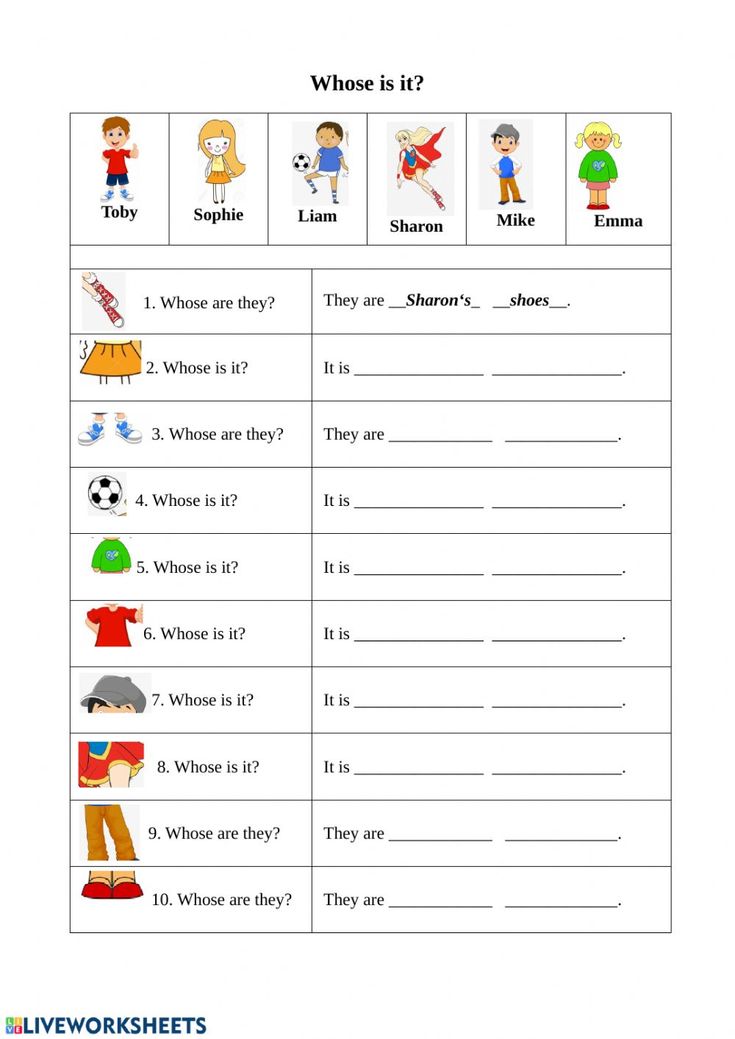 At the end of the game, hug him and praise him for participating.
At the end of the game, hug him and praise him for participating.
Runaway Hedgehog
Sit on the floor or sofa. Ask the baby to repeat all the gestures after you. Squeeze your hand into a fist. Stretch out your index finger and say:
“A bird is drinking water from a puddle”
Then make circular rotations with your fist on the floor, slightly moving your palm forward:
“A hedgehog without legs crawls along the ground”
Continue in a more emotional tone:
“Suddenly the legs have grown on a hedgehog!”
The fist "stands" on the fingers:
"And he ran, ran along the path!"
Moving the fingers like legs, the hedgehog palm “goes” forward.
2 sensory games
Sensory box
At the age of one to two years, a child literally “reads” information about the properties of objects around him with his hands and eyes. A box with a variety of fillers will help diversify the home toy library and activate the sensory perception of the child.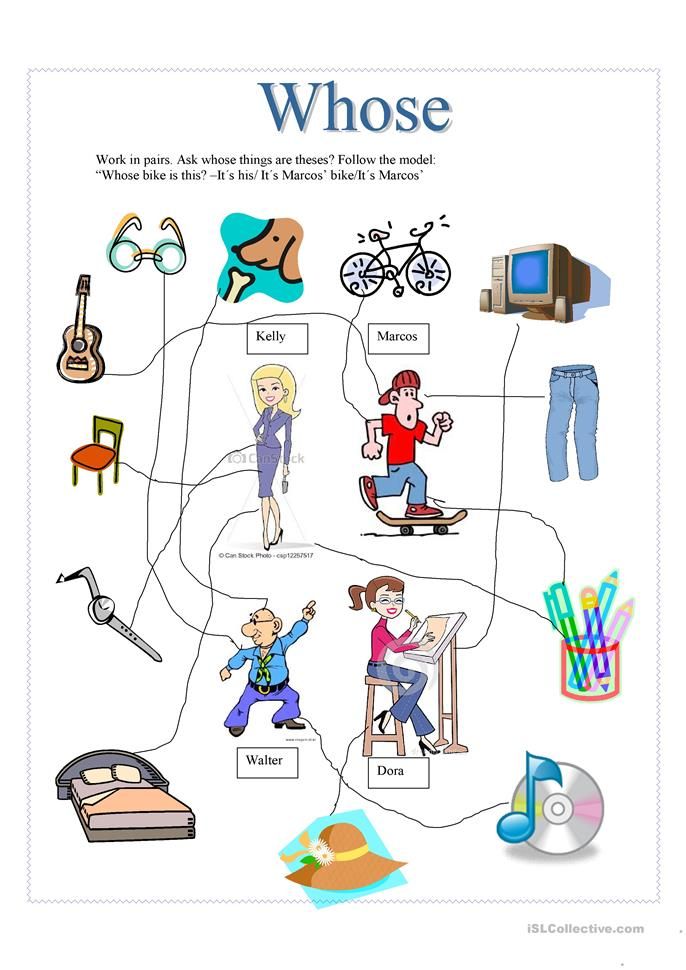
Take a plastic, cardboard or any other box, fill it with semolina or millet and larger ingredients that differ in shape, size, weight. It can be legumes, beads, shells, a few cones and colored stones, paper clips, scraps of fabric. Bury the beads, stones and shells well in the loose part of the box filler. Prepare a separate jar or box where the baby will put the finds.
Invite the child to look for the treasure. Start digging with your child by dipping your and your child's hands into the box. If the baby was the first to feel an interesting object with his hands, ask the baby with interest, calling him by name: “What is it?”, “Is it heavy or light?”, “What color is this shell?”. Having found out all the qualities of the object, fix them verbally: “Let's put this white shell in the box!”. Collect a full chest of treasures and celebrate the end of the game.
Please note: not every two-year-old researcher can resist the temptation to turn the box upside down and try the beans on the tooth while mom is not looking.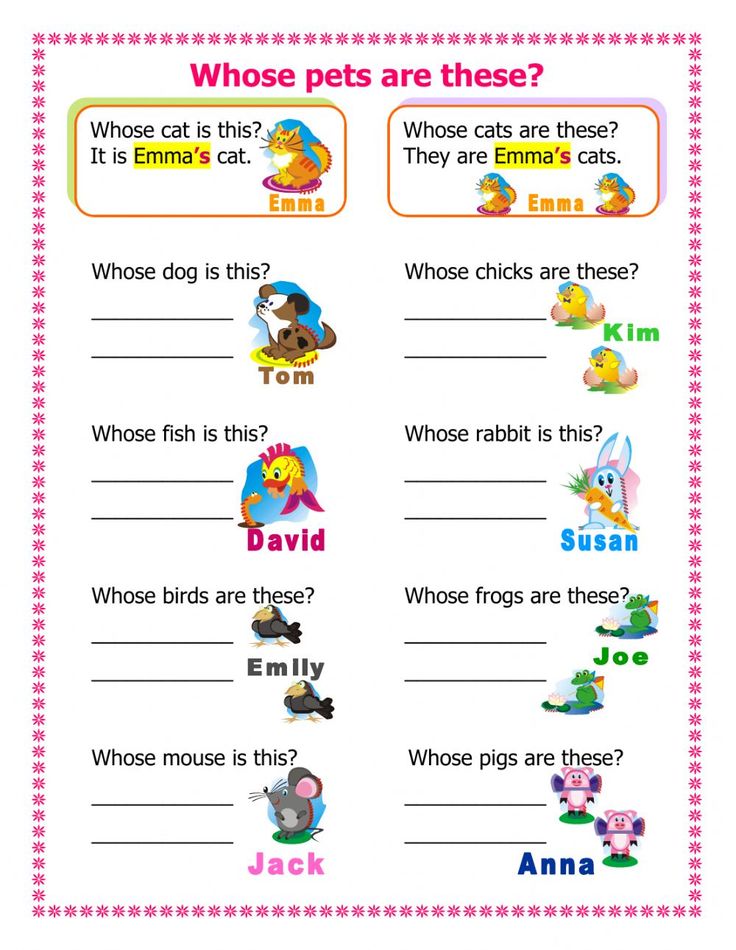 Therefore, after finishing the game, make sure that the sensory box is tightly closed and put it in a place inaccessible to the baby until the next game together.
Therefore, after finishing the game, make sure that the sensory box is tightly closed and put it in a place inaccessible to the baby until the next game together.
Interactive whiteboard “Behind seven seals”
Playing with an interactive whiteboard gives the child the opportunity to learn a lot about the properties and purpose of unfamiliar structures and objects, forms the concept of cause and effect relationships: pulled - opened, pushed - closed.
It is not difficult to make such a board. You will need a piece of plywood, locks and heck, which, as a rule, gather dust in the garage of thrifty dads and grandfathers. And men will certainly willingly undertake to make it by attaching locks and heck to a plywood or wooden plank.
Let your child figure out how to open and close latches and latches. Do not forget to voice the actions that the child takes: “You open the lock. You move the latch. You press the button."
When playing with a child from one to two years old, it is important for parents to remember that the attention of the baby at this age is still involuntary.